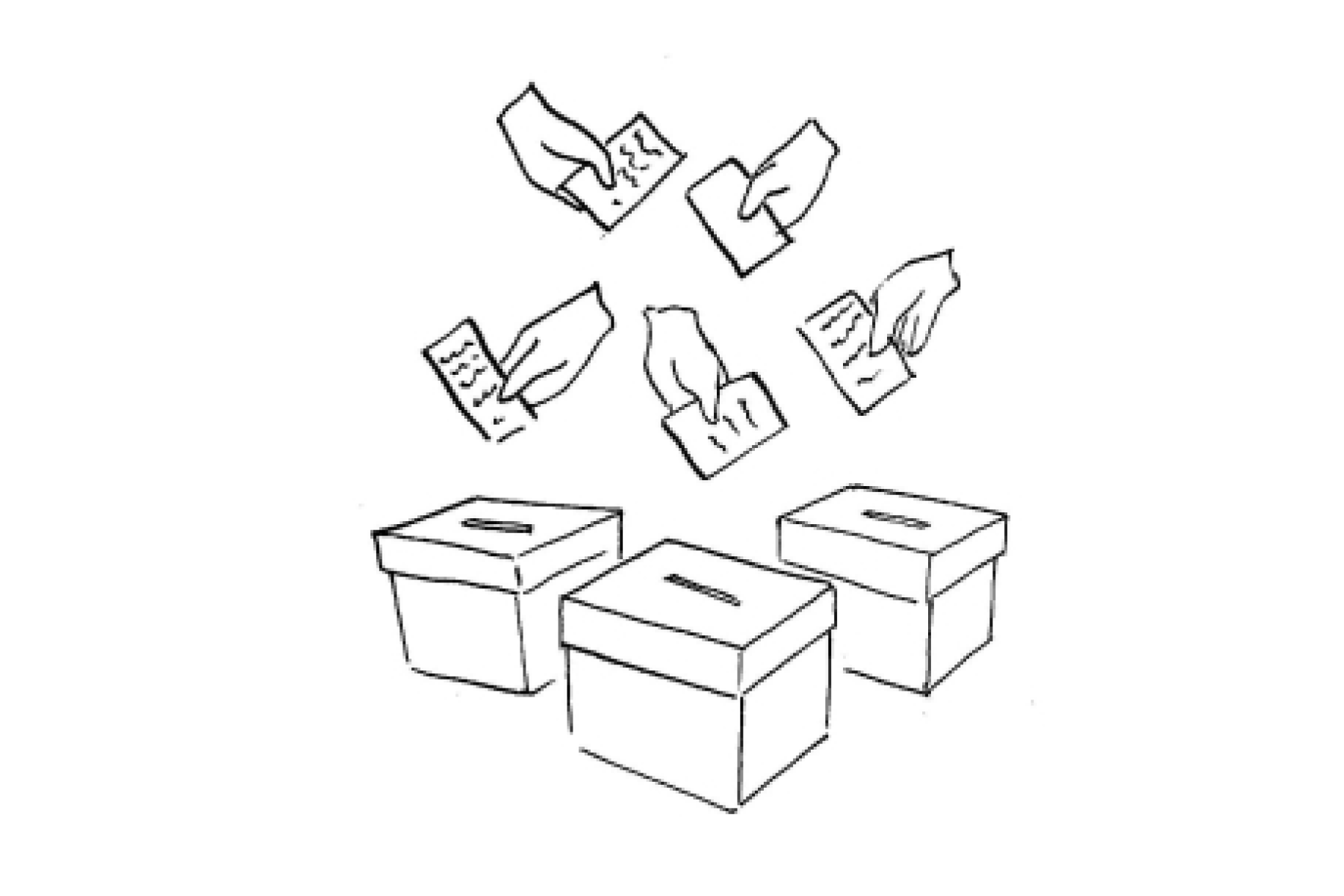
The Context
As joyful and creative and collaborative as it is to brainstorm with your team, there comes a certain point where you have to stop creating and start judging. Without some kind of framework for determining the relative priority of your ideas, they will stay in idea form forever. And you will have wasted yet another hour of everybody’s time on a fun exercise that pays lip service to innovation, but doesn’t actually innovate anything.
The Tool
Execution Ranking
EXECUTION RANKING — A framework for determining the relative priority of your ideas
This simple tool uses each idea’s energy level, resource requirement and market need to decide which ones to prioritize. Energy level means, what kind of momentum do we already have around this idea? Are people psyched up about doing it? Does the energy immediately drain from their bodies when they think about it? Or is it in the middle somewhere? For each idea, you choose low, medium or high. Next is resource requirement, which means, how much time, money, effort and manpower will this idea take to execute? Is it a money pit where the juice isn’t worth the squeeze? Or is a quick win that costs nothing that we would be crazy not to execute right away? Again, maybe somewhere in the middle. Now choose low, medium, or high for each idea. Finally is market need. To what degree does our team, customers and clients have a demand for this new idea? Have they been requesting this new app feature for years? Or is there just one or two pain in the ass users with loud voices who just want to get their fantasy? Pick low, medium or high. Finally, once you’ve evaluated each idea against the execution heuristic, here’s the fun part. Your handy spreadsheet formula can sort by value. You can see which ideas are the ideal mix of energy, resource and market need. And your team can prioritize from there.

Scott's Take
Harvard once conducted research on why team brainstorming often fails, and one of their reasons was something called social loafing. Turns out, people will make less of an effort to execute when they are working in teams than alone. It’s the business version of the bystander effect. Employees are less compelled to do something when they know other people might do it. I’ve seen this play out numerous times at various agency and startup jobs of mine. It always ends up with the team leader sitting in the room alone after the meeting is adjourned with nothing but an empty pizza box and a bunch of scribbles on sticky notes. That person is thinking to themselves, well shit, now what are we supposed to do with all these ideas? Been there before many times. It sends waves of dread down your spine.
The Rest
Now, depending on the size of your company, you might optimize for different things. Well funded companies with big budgets can often solve multiple problems at the same time. Which means resource requirement isn’t a big bottleneck, and you can afford to be medium or high. But small companies who are bootstrapped have to solve problems in order. And so, they might focus on the metric of energy, since it’s a renewable resource that creates a rising tide that lifts all ships. Point being, you need a framework for determining the relative priority of your ideas. That way your ideas won’t stay in idea form forever. What’s your company’s biggest barrier to execution?
The Benefits
Turn ideations sessions into execution plans
Overcome the natural entropy of the creative process
Avoid brainstorming meetings that are fun but useless
Build trust with your team and increase the likelihood that they’ll bring ideas next time